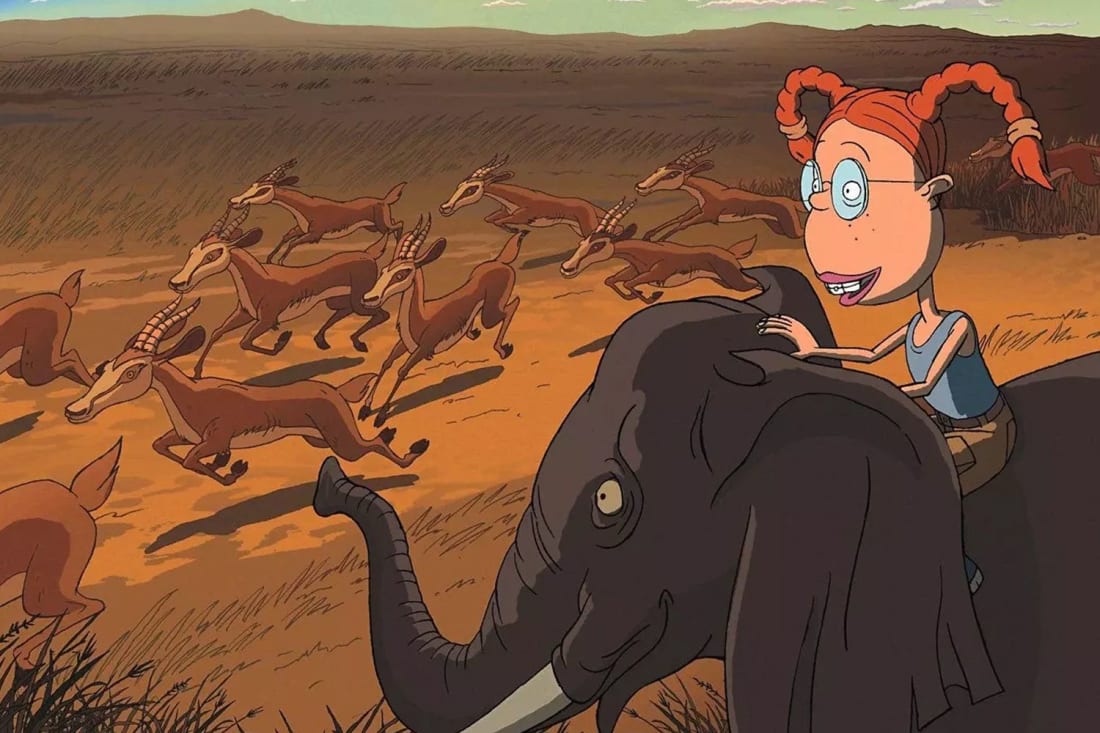Animals back from the brink of extinction
How bison, bears and beavers beat the odds and returned to Europe
How bison, bears and beavers beat the odds and returned to Europe
Whether it be the horrors caused by hurricane Ian or the dread of a harsh winter in our current economic state, it’s easy to look at today’s climate news and be filled with hopelessness. We’re here to remind you that it really isn’t all doom and gloom. In fact, ecologically-speaking, we have much to celebrate. Thanks to relentless human-led efforts towards reforestation, bans on hunting and legal protections, humankind has helped to save several different animals on the verge of going extinct from an irreversible fate. Now we get to continue to co-exist among an incredible array of species. Let us introduce you to some of them…
Eurasian elk

What the heck is an elk? Well, these peaceful mammals are actually the largest living species of deer on Earth. They are known as ‘browse feeders’, meaning they are a type of herbivore who depend on woodland food such as shrubs, woody plants and fruit to survive. Once thriving in central Asia, overexploitation of their wilderness and the conversion of forests into agricultural land displaced Eurasian elks. But thanks to government-imposed hunting bans and reforestation efforts in countries like Scandinavia, regeneration of the elks’ much needed habitat and food has helped these animals reclaim their rightful home.
European bison

Once found all across Europe, this species pretty much became creatures of myth after excessive hunting and habitat loss in the 20th century ripped through their numbers. A conscious effort to reintegrate the dwindling population of these land mammals began in 1950, and they've been saved only by captive-breeding and re-wilding projects. Now, every single European bison alive is descended from just a dozen zoo-bred individuals. And as of this year, bisons have been officially re-introduced to the UK after centuries of absence - charities like Kent Wildlife Trust and WildWood Trust are helping to welcome them home.
Peregrine falcons

Native to South Australia, these birds of prey are the speediest creatures on earth. Despite their once high status in the animal kingdom, the species faced near-extinction when pesticide farming in the 1960s and 80s caused deformation in the shell-forming of their offspring after consuming poisonous food. Since then, to say the predators have made a comeback is an understatement, as experts believe there are now more peregrines than ever before. These birds' remarkable ability to adapt has allowed them to live in bustling urban cities, even opting to nest on high rise buildings. Hey, if you’re an Adalade-native, you might just see one on your commute to work!
Grey wolves

These remote yet social animals once roamed in many spaces in Europe, where they would reside in packs with their families. But years of hunting and persecution from mankind broke up their collective presence. These persevering animals, however, are now on the rise. Partly because humans have stopped farming certain agricultural land, and partly due to an increase in legal protection for the species, grey wolves are now safely on the ‘least concern’ list as of 2018. Now we have the opportunity to admire these majestic predators from afar.
Brown Bears

Hunted (both legally and illegally) for centuries for their sought-after rich fur coats, brown bears have made an incredible population recovery over the last 30 years alone. Their numbers now stand at the highest they’ve ever been for over a century. Brown bears have received unprecedented human-led support: gaining protection, government funding into rehabilitation and dedication from conservation charities like The Nature Conservancy and others.
Euroasian beavers

Over the last few centuries, the gradual introduction of steel and machinery into this small semi-aquatic creature's woodland habitat has caused localised extinctions. Beavers have also been known to be hunted to help make medicines and perfumes. Since legal protection over the last five remaining species began in the late 20th century, their numbers have been on the rise. In fact, between 1955 and 2020, the Eurasian beaver population has increased by a whopping 835%!
Humpback whales

These majestic giants have been at the centre of human cultural fascination for decades. Once an abundant species, these creatures have been the targets of whaling (where they would be hunted and killed for their oil and meat) since the 17th century. This reduced their numbers drastically, to the point where an estimated 30,842 humpbacks have been removed from the North Atlantic since 1600. But major changes in our collective attitudes towards whales - in which they are now admired from respectful distances - has helped massively reduce whaling practices and protect their habitats. Since 1985, countries around the globe have respected a ban on whale hunting, allowing humpback populations to thrive once again.
Bearded vultures

These ancient creatures went from having a widespread presence across Europe to almost complete erasure by the 1990s. Shooting was the main cause for their decline, with the species being completely eradicated in countries such as Romania and Slovakia in the 20th century. Conservation efforts and bans on hunting have started the process of recovery for these majestic birds, while the launch of the Vulture Conservation Foundation in the Alps in 1980 helped to grow population numbers through a pioneering breeding and reintroduction programme. The number of bearded vultures in Europe now count at 792 pairs, and counting!



